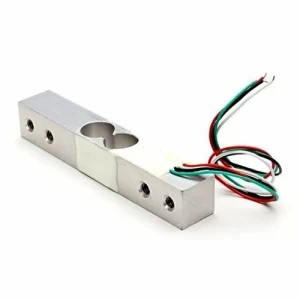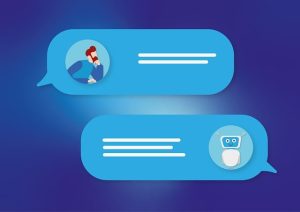Crafting Engaging Arduino Project Designs: Best Practices and Common Pitfalls
Best Practices for Designing and Prototyping Arduino Projects
1. Flexibility in Approach
Every Arduino project is unique, requiring a flexible prototyping approach. Adapt your strategy to the specific needs of each project, recognizing that what works for one may not suit another.
2. Iterative Prototyping
Early DIY prototypes benefit from solderable prototyping boards. Seek manufacturing partners for feedback on your PCB design before fabrication, enhancing board quality.
3. Modular Design
For larger projects, design the physical construction as a series of identical small modules. Validating and testing individual modules helps ensure the overall design’s success.
4. Planning Methodology
Develop clear project requirements and specifications. Start with hardware, sketch a schematic, order parts, and break the project into testable modules for both hardware and software development.
5. Good Programming Practices
When programming for Arduino, use meaningful variable names, define pin numbers clearly, and organize the code into appropriately sized functions. This ensures clean and organized code.
6. Networking and Communication Testing
For projects involving networking and communication between multiple boards, create test boards to validate communication before moving on to the final PCB design.
In summary, these best practices, including flexibility, iterative prototyping, modular design, planning methodology, good programming practices, and thorough testing, enhance the efficiency and quality of Arduino projects.
Common Mistakes to Avoid in Arduino Project Design
1. Taking on Too Much
Avoid the common mistake of attempting complex projects with too many elements simultaneously. Break down projects into simpler systems, tackling each one independently for better success.
2. Incorrect Assumptions During Prototyping
Validate assumptions during the prototyping phase to prevent design flaws and inefficiencies. Thorough testing is crucial to ensuring the project’s success.
3. Underutilizing Online Resources
Tap into the wealth of online resources for Arduino projects. Platforms like the Arduino website offer valuable reference sections and community resources for programming and design challenges.
4. Poor Programming Practices
Mistakes in programming can lead to inefficiencies and errors. Ensure proper variable naming, use of meaningful pin numbers, and breaking up the program into appropriately sized functions.
5. Inadequate Planning
Develop clear requirements and specifications for the project to avoid confusion and inefficiencies during design and prototyping. Break the project into testable modules for both hardware and software development.
By steering clear of these common mistakes and adhering to best practices, designers can enhance the efficiency and success of their Arduino projects.
You may also like:
What are the advantages of using Arduino in DIY projects?
What are the best resources for learning advanced Arduino programming?
How can Arduino be used for industrial automation and control systems?
What are the best practices for programming Arduino?
What are the best resources for learning Arduino programming and projects?


















